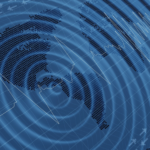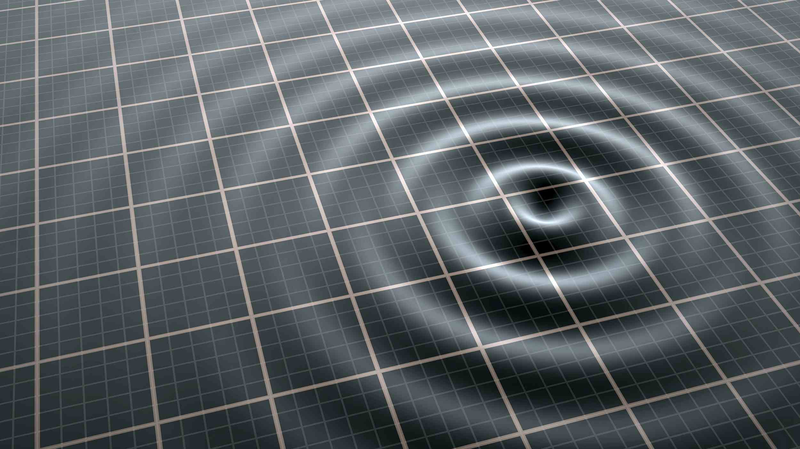Why Taiwan Faces Frequent Earthquakes – And What Comes Next
A magnitude-7.3 earthquake rocked the island of Taiwan this week – the strongest seismic event in the region in 25 years – causing widespread damage and triggering urgent safety discussions. Geophysicist Gao Mengtan tells NewspaperAmigo.com how tectonic forces and geography shape these disasters.
🌏 The 'Collision Zone' Behind the Tremors
Taiwan sits at a geological hotspot where the Philippine Plate crashes under the Eurasian Plate. “This collision creates intense tectonic stress,” explains Gao. “Statistically, we see a magnitude-7+ quake here every 7-8 years.” The latest quake near Hualien follows this pattern, with a magnitude-6 aftershock striking hours later.
⚠️ Aftershock Alert: Why Preparation Matters
Historical data reveals risks: After a similar 1951 quake, four magnitude-7+ aftershocks followed. “Damaged buildings and unstable slopes become even more vulnerable to subsequent tremors,” Gao warns. Emergency teams are prioritizing infrastructure checks to prevent landslides and secondary disasters.
🏙️ Why Coastal Cities Feel Distant Quakes
Residents in China’s southeastern megacities – like Shanghai and Guangzhou – often feel tremors from Taiwan due to sedimentary soil layers amplifying waves. “High-rises on these soils magnify vibrations,” says Gao. While unsettling, he notes such distant quakes rarely cause structural damage on the mainland.
Reference(s):
Intense tectonic movement causes strong tremors in SE China: expert
cgtn.com





